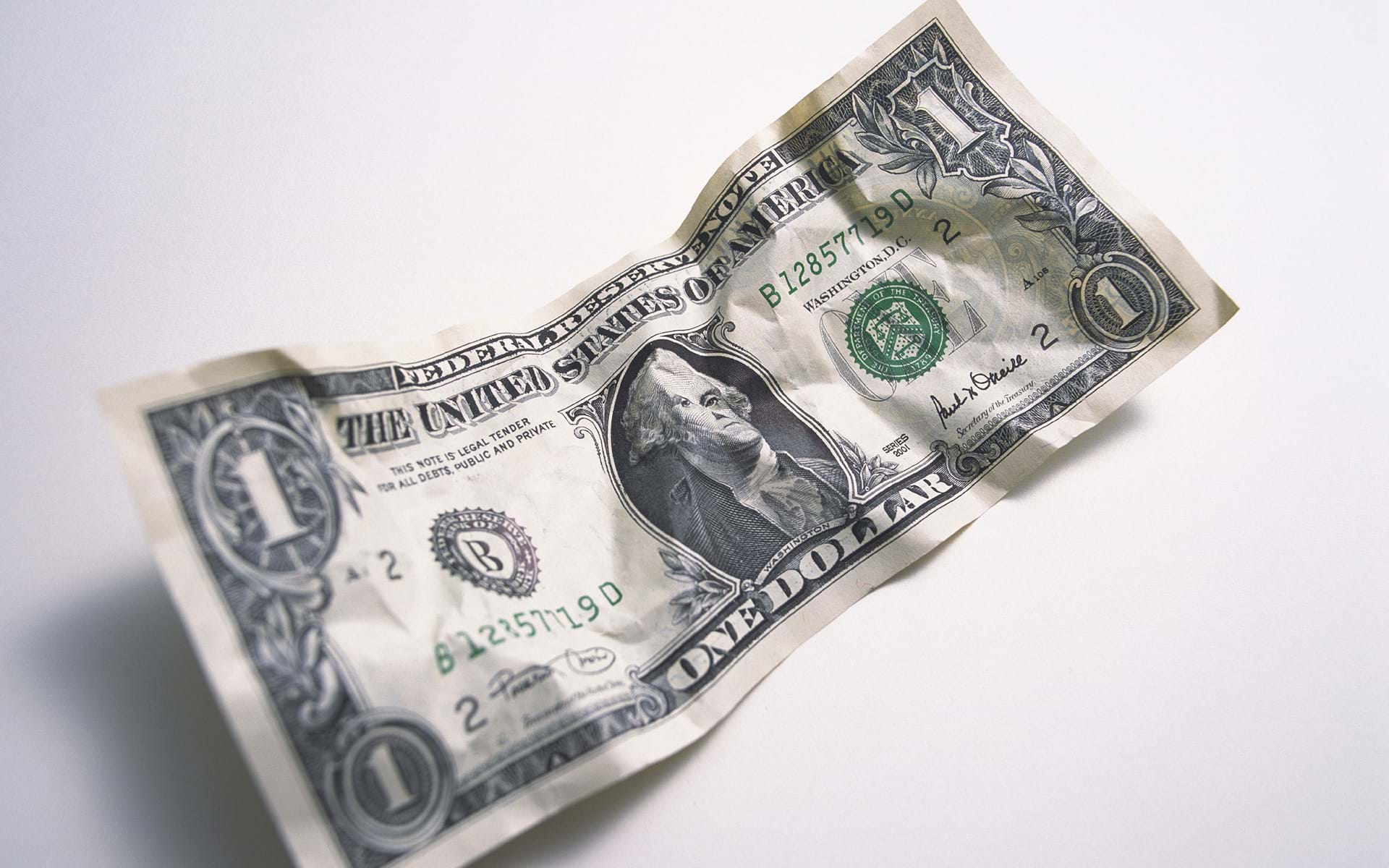You have probably heard that commodities are a great way to protect your portfolio from inflation and offer variety from traditional stocks and bonds; but what are commodities, and how does someone actually invest in them?
Commodities are raw items that are used in the production of goods and are broken up into two segments: hard and soft. Hard commodities are mined (gold, silver, platinum) while soft commodities are consumed (wheat, corn, coffee beans, etc.). There are three ways to own commodities: own the physical commodity itself, buy futures contracts, or buy through a mutual fund or ETF. Owning gold coins is an example of a physical holding, while trading a futures contract is the more advanced investment strategy. However, for most investors, the best way to get exposure to commodities is through a mutual fund or ETF.
Physical Commodities
Buying the tangible commodity is the most cumbersome because you have to figure out where to store it, spoilage (for soft commodities), insurance, and liquidity (ability to sell something quickly). Assume you bought 2,000 bushels of corn to protect against rising food prices and to diversify your portfolio; unless you had a barn (which most of us city-folk do not), you would have to figure out where to store it to protect it from spoiling, and you may even want to buy insurance in case your barn or corn-storage facility burned down. If you decided to sell your corn, you would have to find a buyer that wanted exactly 2,000 bushels of corn and was willing to pay market prices; pretty difficult to do if you are not a farmer. This hassle-full scenario is just for one commodity! Imagine if you wanted to diversify among several commodities, which is the financial sound strategy. All these factors make owning physical commodities too cost and time prohibitive.
Futures Contracts
Futures contracts make it easier to invest in a very specific commodity with minimal cost and without the limitations of owning the physical asset. A futures contract is a standardized agreement between two parties to exchange an asset for a set price and quantity, and on a given day. Futures contracts are traded on the Chicago Mercantile Exchange (CME) and are all standardized. For example, 1 corn futures contract equals 5,000 bushels of corn; 1 coffee contract controls 37,500 pounds of coffee, and 1 gold contract equals 100 troy ounces of gold. Continuing with the corn example from above, you would buy 1 corn futures contract on the CME to protect against rising food prices. If corn prices do rise, your futures contract increases in value; but if corn prices decline, your futures contract decreases in value. At the end of the contract term, you either have to take possession of underlying commodity (rarely occurs) or take an offsetting position in your futures contract. Trading futures is a very advanced investing strategy not suitable for most investors.
Mutual Fund or ETF
Mutual funds and ETFs are the best way for the average investor to gain exposure to a broad basket of commodities, without incurring the risks described with owning the physical asset or buying a futures contract. Mutual funds and ETFs can be easily bought or sold and can also be held in your regular investment accounts (IRAs, some 401ks, or brokerage accounts). Most commodity mutual funds and ETFs are structured as partnerships, which means they require additional tax reporting if held in a taxable account; therefore, investors should carefully review the structure of the commodity mutual fund or ETFs before investing to decide which account it should be invested in to minimize tax consequences.




















